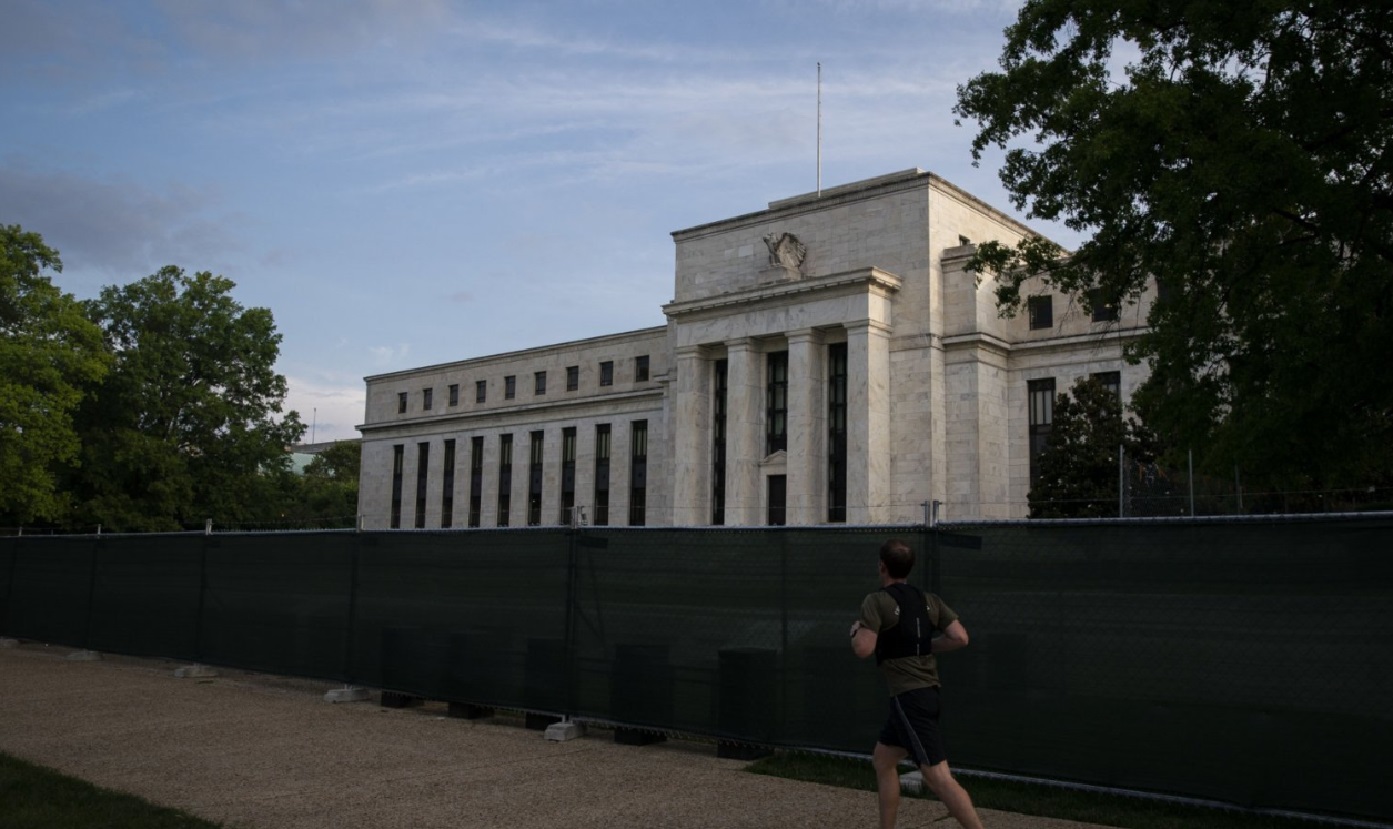People’s Bank of China faces a bigger problem in containing the threat of deflation: more credit is being extended to producers than to consumers, exposing the economy’s structural flaws. This also reduces the effectiveness of its monetary policy instruments.
Chinese central bank has been forced to cut interest rates as falling prices raise real borrowing costs for private businesses and households and curb investment, hiring and consumer spending.
Deteriorating asset quality in the wake of the housing market crisis and local government debt problems are also prompting central bankers to free up more liquidity in the banking system by reducing minimum reserve requirements to head off potential risks of funding shortages.
There is one problem, however – credit demand in China is mainly shaped by the manufacturing and infrastructure sectors, whose overcapacity problems are fueling deflationary forces.
Beijing is redirecting cash flows from its struggling property sector to factory production in a bid to move its industry up the value chain. Infrastructure spending has shaped China’s high levels of investment for decades, diverting economic resources away from households.
“A lot of the credit is going to the infrastructure sector”, said Hong Hao, chief economist at Grow Investment Group. “In this way, it actually creates additional deflationary pressure. This is the problem”, added Hong Hao.
People’s Bank of China “will continue to loosen its monetary policy, but I think right now it is not as effective as it should be”, he added.
Analysts say China’s central bank’s predicament reinforces the need for the government to speed up structural reforms to boost consumption, something that has long been missing from the policies it promised to change in 2023, but failed to make significant progress then.
China’s consumer prices fell 0.5% year-on-year in November, the fastest in three years, while producer prices fell an impressive 3%, highlighting weakness in both foreign and domestic demand such in terms of production capacity.
December inflation data is due to be published on Friday, and the central bank will be able to review it and make its next key interest rate decision on January 22.
A sustained fall in prices could further shrink future private sector investment and consumer spending, which in turn could hit jobs and incomes and become a self-feeding mechanism that weighs on growth, as happened in Japan in the 1990s.
Weak demand for credit from the private sector is also affecting China’s money supply. The ratio between the money aggregate M1, which includes money in circulation and corporate demand deposits, and M2, which combines M1, fixed corporate, household and other deposits, shrank to a record low in November.
“Low M1 growth could be an indicator of weak confidence among private companies, or a by-product of weakness in the real estate sector, or both, suggesting a weaker transmission of monetary policy. This is really worrying”, commented Citi analysts.
From 21.58 trillion CNY (3.01 trillion USD) of new loans in January-November 2023, about 20% went to households and the remaining 80% were corporate loans.
Analysts say most of these loans are likely to have been taken out by state-owned enterprises, which typically have access to cheaper credit from state-owned banks.
Private companies, especially from non-priority sectors, have been more difficult in this regard.
On the monetary policy side, while analysts believe that structural imbalances require the Chinese central bank to stick to gradual changes, rising real borrowing costs suggest that further easing is not out of the question.
In a speech in Hong Kong in November, central bank governor Pan Gongsheng pledged to keep monetary policy “flexible” but also said reforms were needed to make the economy more independent of infrastructure and real estate.



